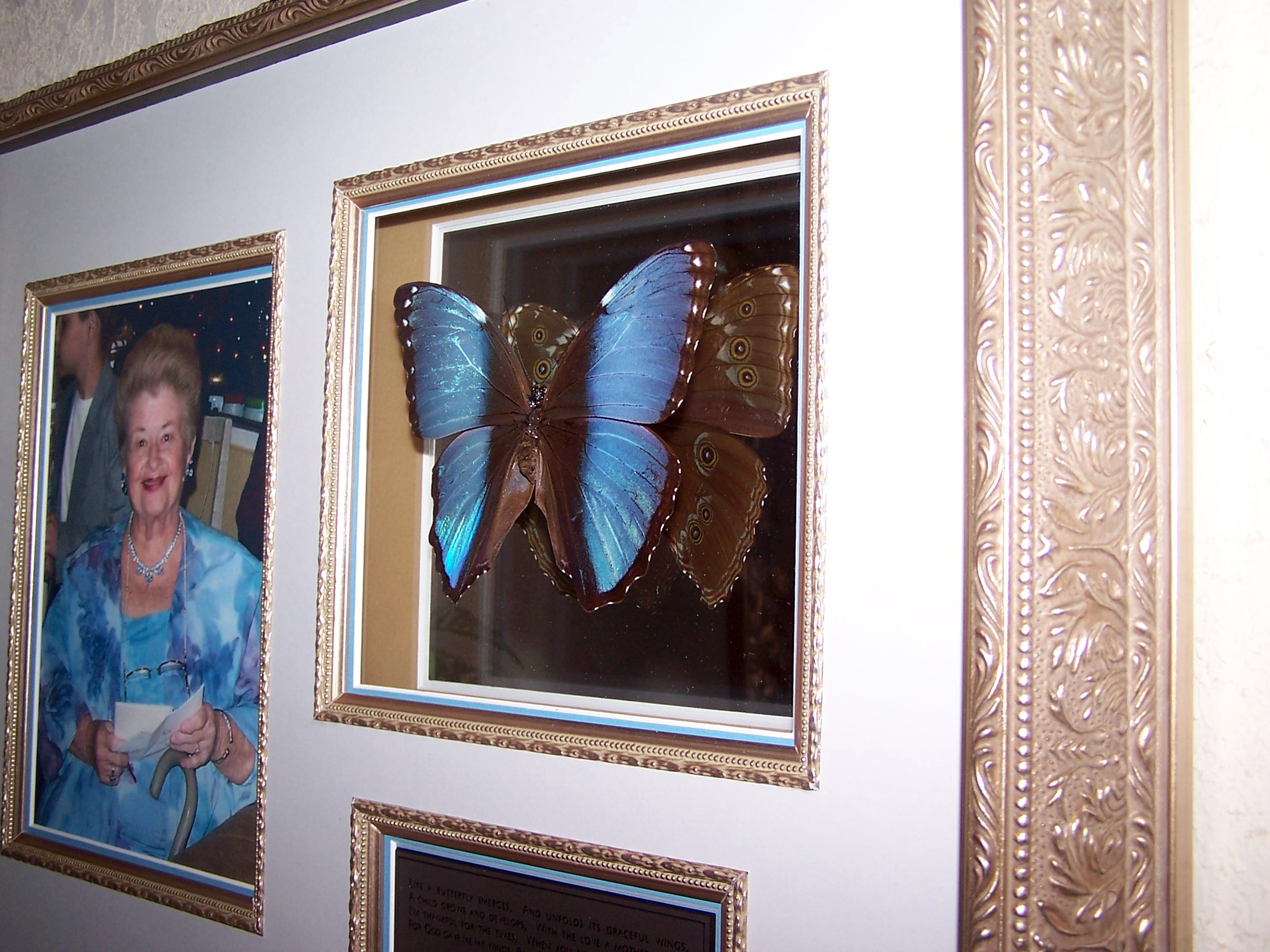Alternating flashes of bright blue and dull brown, the blue morpho’s flight stitches a path in the heavy tropical air. To rainforest locals, “the blue” is a harbinger of good fortune and change. To science, “morpho peleides,” is a soaring changeling — named in honor of the seven daughters of Atlas turned into stars. Its subgenus, “Morpho,” means changed or modified. And who can look on such beauty and not be changed?
To the indigenous people in the blue morphos’ habitat — the rainforests of Mexico, Central, and South America — the beautiful blue butterflies mean good luck, healing, and happiness. They also mean acceptance and wish fulfillment.
To the specimen-hunting-mad Victorians, blue morphos were considered to be the prize of their collections. In the romantic language of poetry and metaphor, they represented transformation, spiritual rebirth, life after death. Their brilliant blue wings spoke of cloudless skies, sunlit seas, the Virgin Mary’s cloak.
Across the mythology of culture and time, the blue morpho represents the transformed spirit — the victor over enormous odds, the soul unconquered by death. Who can look on such beauty knowing that and not be changed?
Lisa painstakingly double shadowboxes the blue morpho spacing it sufficiently above a mirror to show both the top and underside of the wings. The brown underside is characterized by large “eyes” that protect the butterfly when the wings are closed. The bright blue of the upper side is colored, not by pigmentation, but rather by thousands of microscopic, iridescent scales that reflect the light. When accompanied by a photo and engraved date or verse, the blue morpho shadowbox becomes an emotional tribute, transforming a loved one or a moment in time into a work of art. These are the perfect representations of a threshold in time, the metamorphoses that we all have in life.


Recent Comments